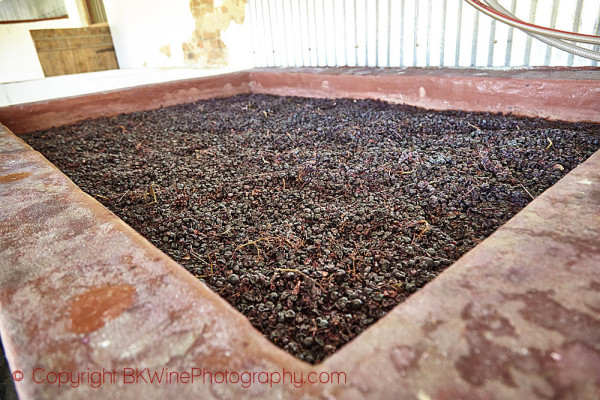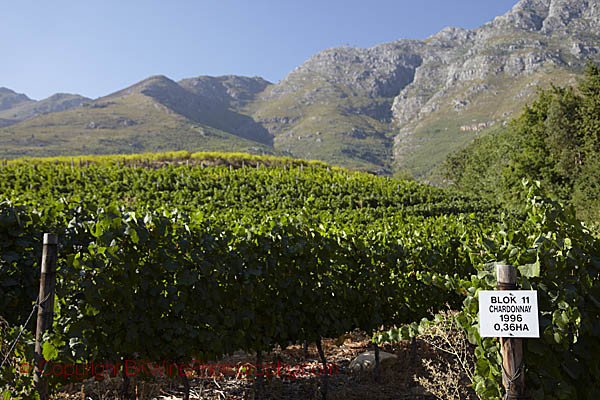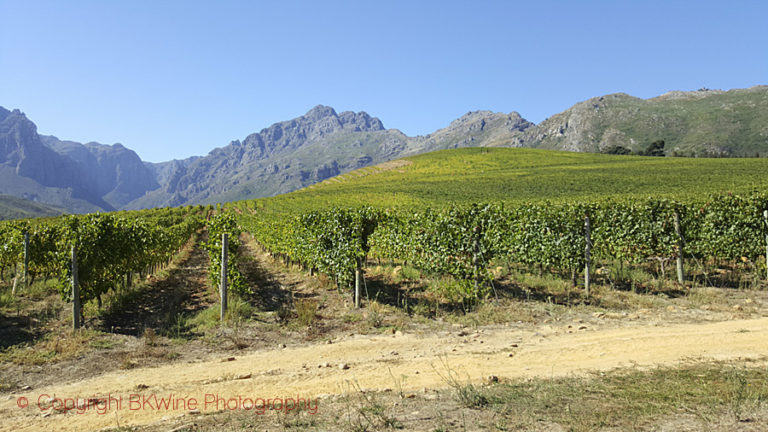A while back BKWine Magazine published a text on the wine from South Africa where they refrained from using sulphur and instead used rooibos, a South African wood species. BKWine Magazine’s reporter Mikael Karlin became curious and decided to try the wine.
I was curious about the wine “Earth’s Essence”, which consists of 100% Pinotage from South Africa and is made by KWV. This is not particularly revolutionary in itself, but I ordered a bottle to see the results of the manufacturing process that is claimed to have found a way to reduce or completely exclude the use of sulphur in the wine. Here is some information about the this, South African rooibos plant used instead of sulphur. Simply being able to write “no sulphites or preservatives added” at the bottom of the label is worth a lot for some consumers.
If I initially think about the no-sulphur wines I have tasted previously, with no other additive, I would expect a naked and clean grape flavour with great fruit sensation. In a pinotage my expectation would be blackberry and plum with a certain smokiness, often found in South African wines. I would like to emphasize right here that I really like good Pinotage wines and do not mind a touch of smoke, as long as it is not the dominant scent.
And how was it?

“Earth’s Essence” has a primary aroma that is difficult to recognize as a pinotage. Rather, the unexpectedly spicy nose reminds of freshly cut wood with a distinctive red-fruitiness, say tart cherries, red currant, cranberry maybe with a wider, stronger scent than lingonberries. The body is slightly less than medium bodied with plenty of acidity on the tongue, still with wood-notes. It is completely without smoke-notes and the for Pinotage typical darker, red-fruity aroma like plums and blackberries is replaced by a high-acidity lingonberry character, but without quite reaching the elegance of a good nebbiolo.
The addition of Rooibos obviously gives a wooden-tone and an acidity (unless the grapes have been harvested early) that is not the grape’s classic style and actually makes it a lot closer to pinot noir than what one would expect from a cross between the northern French pinot noir and the southern French Cinsault. The wine has gained a new dimension and I hardly think that I, or any other experienced wine taster for that matter, would pin it as a Pinotage. It is an interesting wine that is fun to try, but I would place it on the boundary between red and white and offer it cool to smoked or grilled salmon or tuna and chicken dishes.
My impression is not that the rooibos treatment can replace sulphur in wine, but it is an interesting experiment that is well worth trying.
Mikael Karlin writes för BKWine Magazine on wine tastings and wine events in Sweden.
[box type=”info” style=”rounded” border=”full”]Are you curious about South African wines? It is a wine country that has made enormous progress over the past ten years today making international top quality wines. Come with us on a wine and food tour to South Africa that will be a memory for life in March next year.
Travel to the world’s wine regions with the experts on wine and the specialist on wine tours.
Wine tours without equal.[/box]









